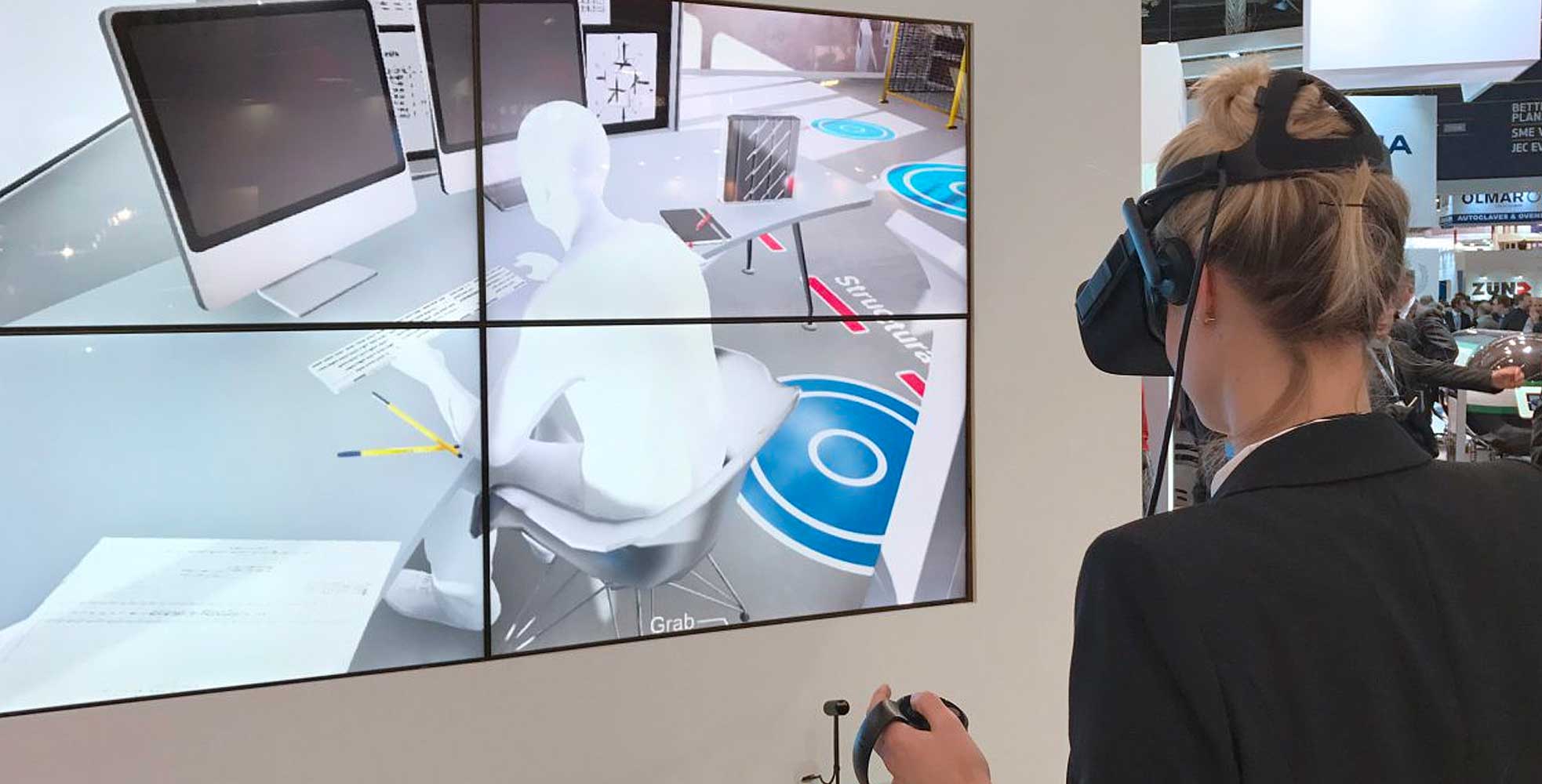Today’s salespeople are spending the majority of their time on activities other than sales.
Industry studies since 2017 have shown that nearly two-thirds of sales reps’ time is spent in non revenue-generating activities, leaving only 35.2% for functions related to selling. Sales is a complicated profession and with many tasks competing for the attention span of salespeople, it is no surprise that quota attainment numbers have decreased significantly across the entire sales industry over the past decade.
So how do companies reverse this trend and ensure that their salespeople are spending the majority of their day actually selling?
Enter sales enablement.
According to Seismic, a sales enablement platform vendor, “Sales enablement is about providing salespeople with the right resources, processes, and technology needed to sell effectively and increase revenue. Sales enablement maximizes every point of engagement salespeople have with buyers and improves the experience they provide.” This includes ongoing skills development, tools to improve sales efficiency, content tailored to buyers and industries, sales playbooks to guide sales conversations, data insights and reporting, and more. By equipping salespeople with the right mix of skills and tools, while removing sales administration tasks that distract salespeople from actually selling – companies can improve both their sales efficiency and effectiveness.
When done right, sales enablement should help salespeople have more effective conversations and act as trusted advisors which allow them to foster long-term relationships with prospects and customers. Simply put – sales enablement should help salespeople sell more, faster.
The Impact of COVID-19 on B2B Selling and the Emergence of VR
Most sales and marketing professionals have seen the statistics from Forrester Research, CEB, Gartner, and many others over the past decade that highlight the declining amount of interaction between buyers and vendor sales reps during the buyer journey. COVID-19 served to accelerate this trend as buyers worked at home and were prohibited by their employers from meeting with vendor salespeople in live settings and video conferencing (e.g. Zoom meetings) became the norm. Research by Gartner, reveals that only 17% of the buyer group’s time is now spent meeting with suppliers.
When buyers are comparing multiple suppliers the amount of time spent with any single vendor sales rep is perhaps only 5% or 6%. In response, companies have been forced to reimagine their sales organization to adapt, and this includes learning new digital behaviors and enabling buyers during their journey. Gartner (and others) have begun prescribing virtual selling frameworks to aid companies in this transformation. Among the many recommendations offered by experts is the need for sales organizations to embrace digital sales technologies (including VR) to engage customers and create memorable sales experiences.
To gain front-line perspective, we’ve talked with dozens of industrial sales organizations in 2021 and we are hearing a converging theme: COVID travel restrictions and the general reluctance of buyers to meet in-person is slowing down sales cycles for large/complex industrial equipment and site services.
During the GPA Midstream Convention in Fall 2021, Fortune 1000 companies in the energy sector shared stories of how their sales cycle and/or customer onboarding was being hampered by COVID travel restrictions around the world. One sales leader shared an example of how they had sold separation equipment into Nigeria, but were restricted from traveling there to complete on-site installation and customer training. In another example, a Sales Director from an engineering firm that designs refineries shared his frustrations with not being able to get buyers to tour live facilities that they had designed for other customers as part of their sales process. Both sales leaders mentioned “how cool it would be” if they had the ability to create a digital twin and allow their sales reps to use VR to deliver virtual product demo’s and/or customer onboarding.
In separate conversations with a Fortune 500 industrial equipment manufacturer that supplies the energy industry (among other sectors), a Sales Vice President shared an example of a high-value sales transaction that was potentially jeopardized because one of the buyer’s executive decision makers from India could not gain entry approval for a meeting in the Middle East to see/inspect the equipment prior to purchase. Here again, he was intrigued with the idea of using VR to bridge geographic and time zone limitations to facilitate industrial sales transactions more efficiently.
A Holistic Approach to Enterprise VR: Sales, Marketing and L&D Working Together
Over the past several years, VR has been successfully used in heavy industry for R&D, training and simulation, and product development. In fact, a 2020 article published by Offshore Technology provides an impressive list of Fortune 500 companies such as Baker Hughes, BP, Chevron, Halliburton, Saudi Aramco, and others that are using VR to transform their business. The energy sector is not alone as additional examples include Hyundai Power Transformer (HPT) using VR to train employees to operate service cranes within OSHA standards and Honeywell using VR simulation to train plant operators and field technicians. Chip maker Intel uses VR to improve their Electrical Safety Recertification course that had previously been administered via web-based training and believes their first-year ROI will be 300%.
Interestingly, the same VR investment used to train a worker at a refinery or power plant site can be (with minor modifications) used to take buyers and customers on virtual tours and demonstrations as part of the sales cycle. We believe that this represents an untapped opportunity for Sales and Marketing leaders to pool resources and partner with their L&D organization to create a holistic approach to creating VR assets that can be used across the enterprise and revenue cycle: R&D > manufacturing training > demand generation > sales pipeline development > customer onboarding > service > upsell & cross-sell.
Benefits of using VR for industrial sales and marketing:
- Allows buyers to visualize and experience product portfolio variants – even future prototypes.
- Reduces sales enablement & customer on-boarding costs: (i) no need to build 1:1 physical demo prototypes, (ii) ability to interactively illustrate use case experiences, (iii) avoid transporting heavy machinery to events or training, etc.
- Provides powerful eye tracking analytics to provide deep insights as to which product features buyers are engaging with most.
- Allows brands to create a more engaging emotional experience with customers & buyers.
- Improves sales training on new products before production availability.
The Rise of Virtual Reality as an Industrial Sales Enablement Tool
While VR has been used successfully since 2016 at trade shows for buyers to experience a vendor’s products, the low cost of modern VR headsets (e.g. $299 for an Oculus 2) and the ability to easily send them via FedEx or UPS to high-value buyers and customers makes VR even more attractive for modern Sales organizations that are now engaged in virtual selling. When comparing shipping a $299 VR headset with spending $1000 on a plane ticket (plus other travel expenses) and the lost productivity from being out of the office, virtual product demonstrations between vendor salespeople and buyers delivers immediate gains.
As a result, the use of VR for guided industrial product demos can help direct sales teams and indirect channel partners to overcome a buyer’s objections to meeting in person and/or a buyer’s inability to travel to another state or country due to COVID travel restrictions. Additionally, virtual product demos are fast as they don’t require scheduling weeks in advance like a live demo. Finally, while it is typically not likely that a prospective customer would fly a dozen of their decision makers and influencers to a vendor site as part of the buying process, they can share a VR headset and “experience” a vendor’s solution over a period of weeks or months without incurring the travel expense or associated COVID risks.
This is not to say that VR replaces in-person sales meetings with buyers and customers – rather VR becomes an effective sales enablement tool to help sales reps maintain sales momentum when COVID travel restrictions or concerns undermine in-person meetings.
VR Examples in Industrial Sales: VR Showrooms, Virtual Product Catalogs and VR Field Sales Kits
As mentioned earlier, Marketing teams have been using VR for product demonstrations in industries such as healthcare and construction for many years but now industrial brands are taking notice. According to VentureBeat, “Demonstrating complex solutions within a virtual immersive environment – such as a data center, manufacturing plant or oil refinery – can be a highly effective way to help customers relate to what the product or solution is, how it works, and why it will benefit them.”
In addition to guided virtual product demos at events, companies like Price Industries are incorporating VR into their buyer enablement strategy – beginning with content. VR is being used to create a virtual product catalog to assist channel partners in selling their products. Beyond well-known automotive examples of virtual showrooms from companies like Audi ahead of COVID-19, industrial companies are using virtual showrooms to facilitate self-guided product exploration and guided product demonstrations.
Beyond event demos and buyer resources such as virtual catalogs, VR is being used to help field sales and indirect sales partners more effectively engage buyers to experience their products via the creation of VR sales kits that include a VR headset, sales playbook, and related resources. View Glass, a commercial glass manufacturer is using VR sales kits to bring the sales experience to the buyer – instead of the other way around. “VR ranks #2 in our reasons for a follow-up meeting or call. That’s big for us. More than 90% of our salesforce consider the VR kit a critical sales tool in their arsenal,” says Jaime Salines, Marketing Manager at View Glass.
Virtual Sales Experiences are Key to B2B Selling in the Post-COVID Era
While nobody has a crystal ball to know when the next COVID variant will emerge or if/when we return to in-person sales meetings, the future of B2B sales is beginning to emerge. Among the key lessons that companies are learning is that B2B buyers increasingly prefer self-service digital sales channels. “Digitally enabled customers, facing dramatically more difficult considerations, are mismatched with today’s sales model,” says Brent Adamson, Distinguished VP, Advisory, Gartner. “The model underserves the customer’s most critical need — confidence in making the best business decisions possible.”
Gartner proposes five recommendations for B2B sellers, including that they “provide rich virtual buying experiences” including the use of VR. Further, Gartner recommends that B2B sellers learn how to deliver sales rep mediated digital experiences as part of their core selling competencies.
Our experience plus feedback from industrial sales leaders points to the need to stand out during the sales cycle to create memorable experiences that buyers will remember and to come up with creative ways to overcome COVID travel restrictions and the general hesitancy of buyers to meet face-to-face. While VR can’t solve every sales challenge – it can (and should) be part of the sales enablement strategy for the modern industrial sales organization.



